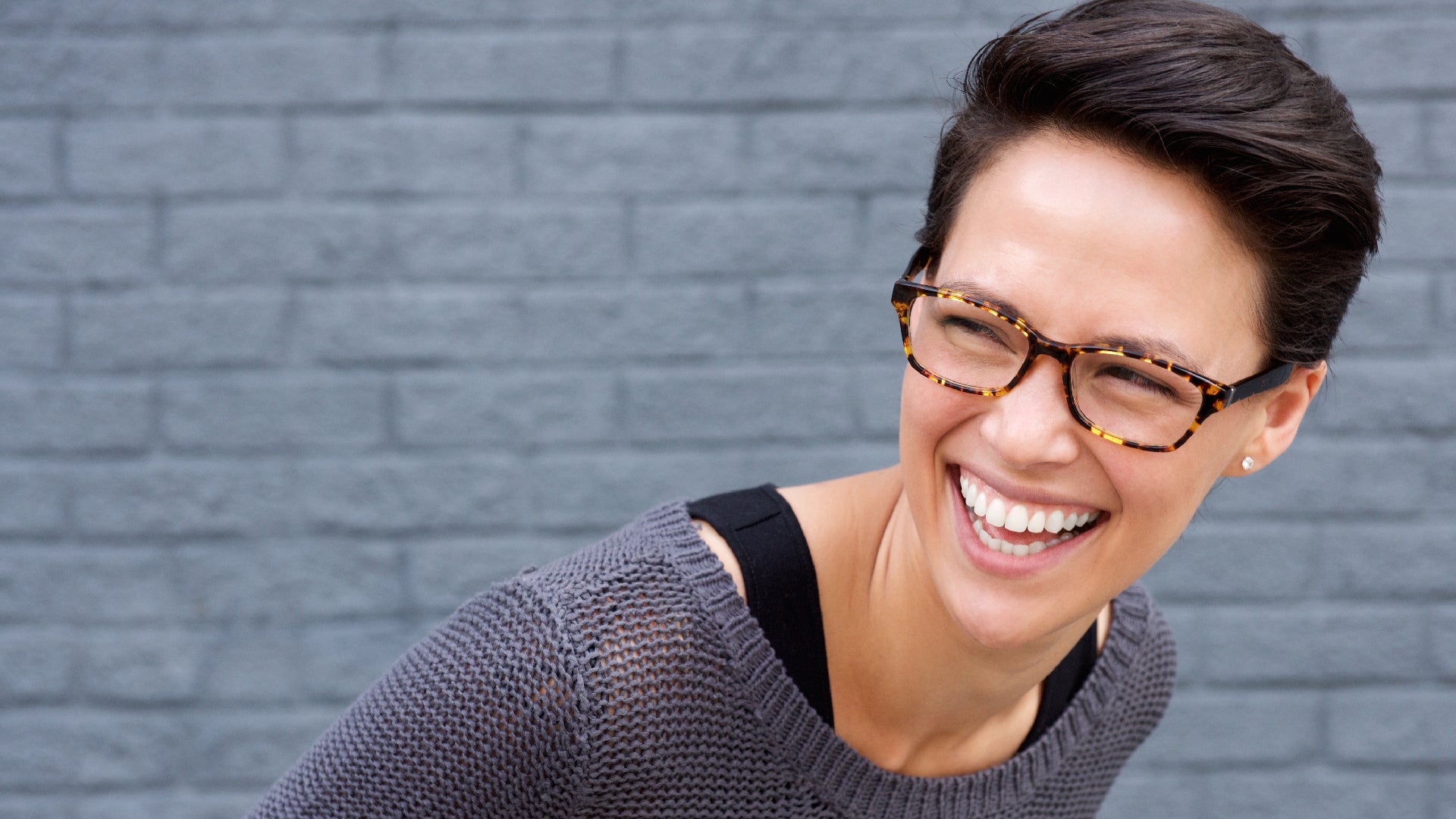
Fancy A Cleaner Beauty Routine? Here Are 7 Harmful Ingredients To Avoid
Cleaning up your beauty act requires very little time and effort. All it takes are a few tweaks to the ingredients you use in your daily routine. Simple.
According to studies carried out by the Environmental Working Group (EWG), the average woman uses around 12 cosmetic products a day. Sounds about right, doesn’t it? But the problem is, these products equate to a staggering 168 chemicals and contaminants that could be potentially harming your skin, your health and even the planet.
Now, we don’t know about you, but we’re not down with exposing ourselves and our precious world to so many chemicals on the reg when, frankly, we don’t have to. So, here, we talk you through some of the nastiest ingredients you should put on your beauty blacklist.
Oh, and public service announcement: you won’t find any of these ingredients in your TruSkin products. Not one. So, if you’re looking for a very lazy but super effective way to get a cleaner skincare routine, we’ve got your back.
Now let's get to it. Beauty bad boys, it’s time to stand up and be accountable
1. Parabens
Unless you’ve been living under a rock for the past 20 years, you’ll know that parabens are a major no-no on your ingredients label. In theory, they sound like a great idea because they act like preservatives to prevent gross stuff like bacteria, mold and fungi from growing in your beauty products. However, while considered safe by the FDA, research suggests that parabens such as butyl, methyl and propyl parabens can be linked to hormone disruption, fertility and reproduction problems, even cancer.
The good news is we use small concentrations of alternative preservatives like ethylhexylglycerin and phenoxyethanol which are safer and much kinder to your skin and health.
2. Sulfates
Just like parabens, sulfates will undoubtedly be familiar to you for their notorious bad press in recent years. And sorry, sulfates, but we agree with every word of it, you’re nasty and unnecessary.
The thing about sulfates such as sodium laureth sulfate (SLS) and sodium lauryl ether sulfate (SLES) is they’re known irritants. Yes, they work extremely hard to clean your skin and hair by lathering up and removing oil, dirt and product residue. But they can cause all manner of problems for your eyes and skin including dryness, itching, redness and breakouts. Claims from the early ‘90s that sulfates were carcinogenic have since been disproven, so that’s something. But still, we say a big fat ‘no’ across all of our products.
Instead, we use milder, non-drying surfactants like disodium lauryl sulfosuccinate and disodium 2-sulfolaurate in our Vitamin C and Charcoal cleansers. Because we care about your skin as much as we care about our own.
3. Phthalates
Be wary if you ever see DEP, DBP or DEHP on your ingredients list. While deemed safe by the FDA, these phthalates are not cool, according to the Campaign For Safe Cosmetics.
Often found in makeup, nail polish, cleansers and moisturizing lotions, phthalates are chemical compounds used as solvents, fixatives and fragrance stabilizers. Many experts believe phthalates cause reproductive and fertility problems and they’re actually banned from cosmetics in the EU which should be enough of a red flag, right there.
4. Hydroquinone
No harmful beauty ingredient list would be complete without the oh-so-controversial hydroquinone getting a brief mention. It’s completely banned in Europe, Australia and Japan and, as of September 2020, also became banned in over-the-counter products here in the US. Not only that, but all prescription hydroquinone products must now be approved by the FDA.
Hydroquinone is a skin bleaching chemical that inhibits melanin production to help fade dark spots and discolorations. It’s effective, boy is it effective. However, it can also be super irritating, thin your skin and may even make dark spots worse if it’s not used with the utmost of care.
5. Silicones
There are hundreds of different silicones used in skincare and, while they might not be toxic, they have occlusive properties and therefore have the potential to build up on the surface of your skin. Not great for oily or acne-prone skin types for a start.
Silicones are also non-biodegradable which means there are gazillions of silicone microparticles being washed down the drain and into our oceans and wildlife on a daily basis.
It's still unclear exactly how detrimental silicones are to the environment, but we’re not willing to take the risk just to produce skincare that ‘feels good’ when you apply it. Plus, we think ours feel pretty darn amazing on your skin anyway, thanks, in part, to sustainable, natural oils like sweet almond and avocado oils. You'll find both of these in our Hyaluronic Acid Eye Cream.
6. PFAS
Otherwise known as polyfluoroalkyl (or perfluoroalkyl) substances, PFASs are synthetic chemicals used in cosmetics to condition, soften and smooth or add shine to your skin or hair. They’re also formulated in things like waterproof mascara, to help repel water. Teflon is a common PFAS. Yes, the stuff used to make nonstick pans. Eesh.
There've been very few studies on PFA substances as skincare ingredients meaning the jury’s still out on whether they’re harmful to your skin and your health. However, the EWG reckons PFASs are ‘among the most worrisome’ of chemicals in cosmetics and personal care products and have the potential to pollute ‘people, animals, drinking water and the environment.’
If that worries you – and we believe it should – be wary of any beauty ingredient that has the word ‘fluoro’ in it. These are all PFA substances.
7. Formaldehyde
Formaldehyde is banned in many countries and highly restricted in Europe and Canada due to its links with cancer and potential to harm your immune system. While historically used as a preservative, it’s pretty unlikely you’ll see formaldehyde in your skincare these days as it’s become a well-known toxic ingredient that manufacturers prefer to avoid. Phew.
However, there are many other preservatives still in use that slowly release formaldehyde when applied to your skin. Not cool. Look out for, and avoid, ingredients like quaternium-15, DMDM hydantoin, bromopol and glyoxal.
Now, you can better understand what you put on your body. And reap the benefits of better skin and a cleaner conscience into the bargain.







